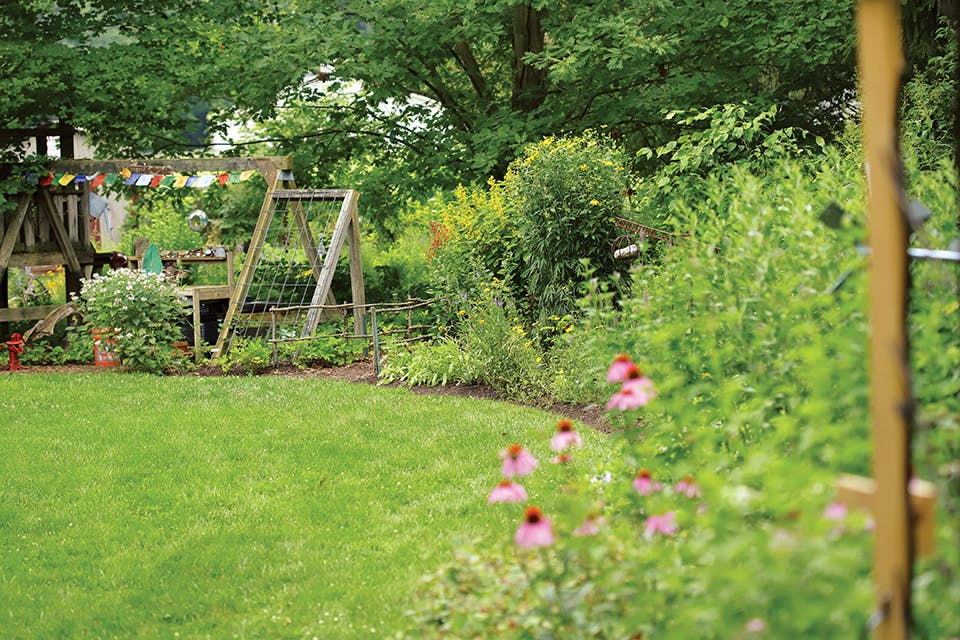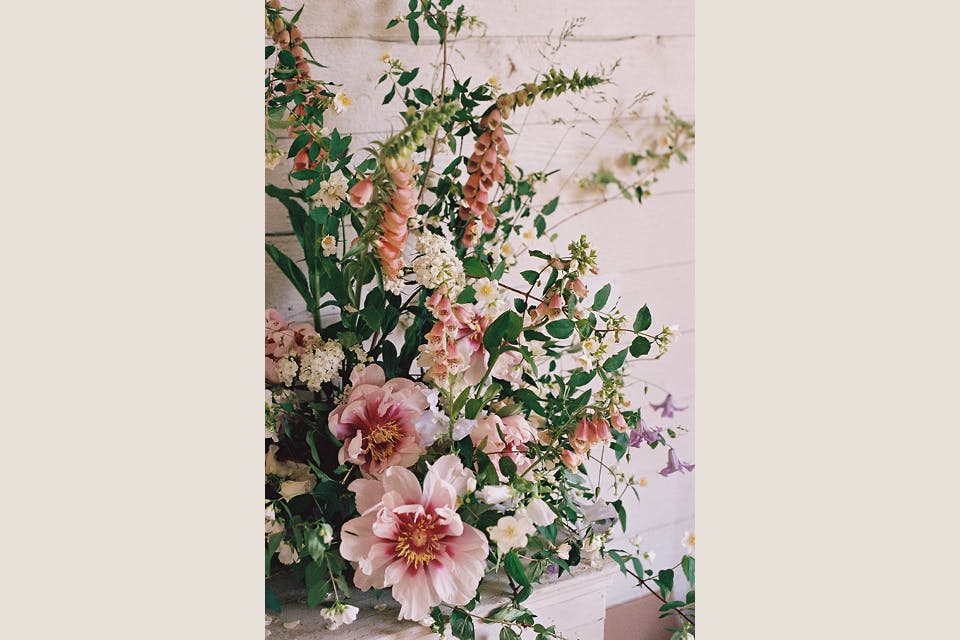Home + Garden
The Story of Barberton’s Mum Fest
The mum offers a burst of color each autumn, a fact that’s celebrated annually in Summit County and across Ohio.
Related Articles

How to Plant a Native Ohio Garden
Terri and Randy Litchfield created a living landscape of native plants outside their Delaware home. Here’s how you can, too. READ MORE >>

Gather by Angel 101, Perrysburg
Angel Elden wants to bring back the idea of gathering around the table together with a new store that helps people create an inviting home. READ MORE >>

Old Slate Farm, Mount Vernon
Katie and Brad Carothers grow beautiful flowers that they turn into romantic floral designs for weddings and other events. READ MORE >>


